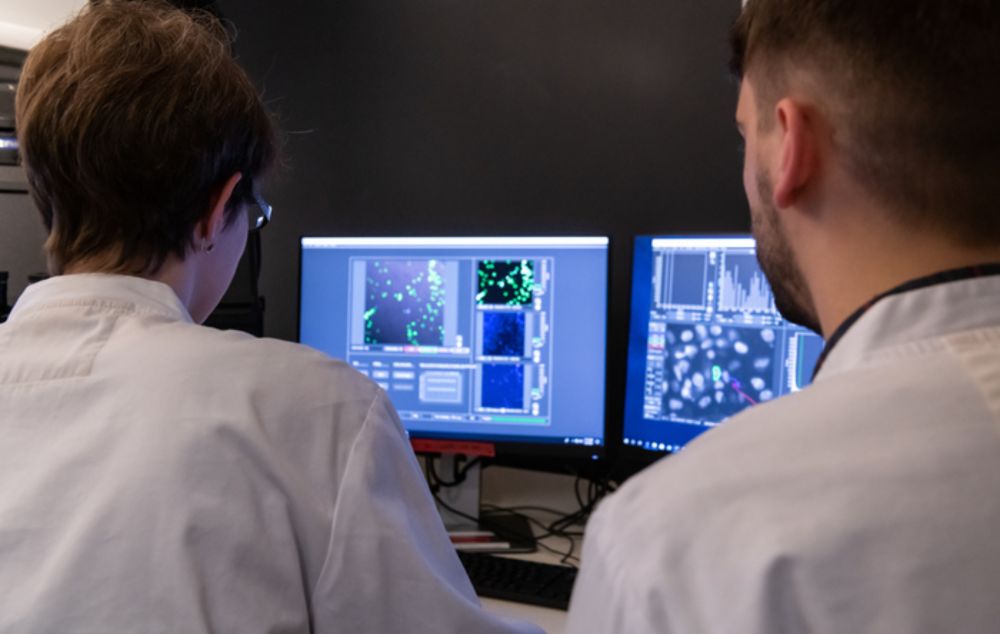Greg Findlay
@gregfindlay.bsky.social
400 followers
250 following
38 posts
Group Leader
The Genome Function Laboratory
The Francis Crick Institute, London
Posts
Media
Videos
Starter Packs
Pinned
Greg Findlay
@gregfindlay.bsky.social
· Aug 18

Saturation genome editing of BRCA1 across cell types accurately resolves cancer risk
Germline pathogenic BRCA1 variants predispose women to breast and ovarian cancer. Despite accumulation of functional evidence for variants in BRCA1 , over half of reported single-nucleotide variants (...
www.medrxiv.org
Reposted by Greg Findlay
Greg Findlay
@gregfindlay.bsky.social
· Sep 5
Greg Findlay
@gregfindlay.bsky.social
· Sep 4
Greg Findlay
@gregfindlay.bsky.social
· Sep 4
Reposted by Greg Findlay
Greg Findlay
@gregfindlay.bsky.social
· Aug 18
Greg Findlay
@gregfindlay.bsky.social
· Aug 18
Greg Findlay
@gregfindlay.bsky.social
· Aug 18
Greg Findlay
@gregfindlay.bsky.social
· Aug 18
Greg Findlay
@gregfindlay.bsky.social
· Aug 18
Greg Findlay
@gregfindlay.bsky.social
· Aug 18















